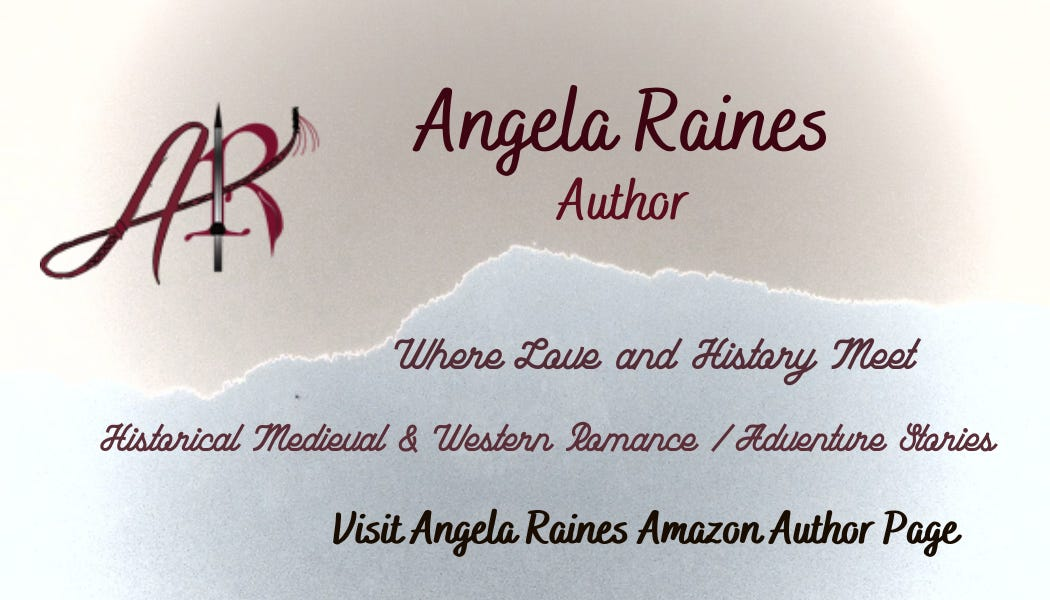Anyone who has seen "A Christmas Story" remembers the living room scene once the wrapping paper, ribbons, and bows come off the presents. You can barely see the gifts through the sea of discarded wrapping paper and ribbon.
While it is a widespread festive practice that gets us ready for the holidays, birthdays, and everything in between, I can't help but wonder, "Why do we gift wrap?" Gift wrapping dates back centuries, and many believed in hiding a gift until the last possible minute underneath cloth and paper.
The earliest versions of gift wrap utilized a reusable cloth, believing the material would bring recipients protection and good fortune. In China, wrapping paper enclosed monetary gifts in an envelope called a chih pao, consisting of rice straws and bamboo fiber.
Gift Wrap
Throughout its progression, gift wrap became popular with the growing interest in Christmas cards. In the mid-1800s, the printed patterns on Christmas cards were an ever-increasing staple that proved popular enough to start printing on tissue paper. The demand for material would increase until becoming quite popular in America.
When it comes to the modernization of wrapping tissue and other material, there is no one to credit other than Rollie, Will, and Joyce Clyde Hall. The brothers ran a stationery store in Nebraska. Due to the demand for standard tissue paper during the holiday season, naturally, the brothers ran out of stock. In a bold and life-changing move, the brothers decided to sell some French envelop lining paper. After selling out quickly, they knew they were onto something.
A salesman, visiting from Chicago convinced Joyce (now known as J.C.), that there was money to be made in wholesaling postcards. Together with his brothers, they founded the Norfolk Post Card Company. In 1915, a fire destroyed their inventory, plunging them into debt. Then their largest supplier of postcards terminated their contract just before Christmas forcing the brothers to create their own cards.
After unknowingly starting an innovative industry, Rollie and Joyce moved to sell their printed wrapping products permanently and changed their name to Hall Brothers Company, Inc. In just two years, their company became a leader in producing abundant quantities of gift wrap and greeting cards to sell across the country.By June 1924, the company's name changed from Hall Brothers Company, Inc., to the predecessor of today's Hallmark Cards.
Ribbons and Bows
Of course, you can't have gift wrap and not have a beautiful ribbon to accompany it. Ribbons were handmade projects of the most delicate thread, making the material quite expensive during the early ages. The material was so popular that the English Parliament saw ribbons as exclusive material that should only belong to the nobility and upper class to signify wealth and luxury.
Throughout the ages, ribbons stormed the fashion world. Uses in clothing and hair accessories began appearing in the Industrial Revolution and the Victorian era.
In modern times, the earliest use of ribbon in present wrapping dates to the 1930s, when stationery stores started to test ribbon on gift wrap in an attempt to achieve a more festive look. Owners soon found that it brought a smile to the recipient's face, thus making multiple appearances on birthday presents as well as holiday gifts.
Innovative Gift Wrap
As beautiful as patterned gift wrap can be, its fragility can cause it to easily tear. Given this trait, manufacturers had to think "outside" the box.
In recent years, beautifully crafted shopping bags have replaced wrapping/tissue paper as a way of avoiding waste. These bags could prove sturdier than the usual gift wrap and add a unique touch.
So, the next time you wrap that birthday, Mother's Day, or Christmas present, give a thought to the Hall brothers' slogan..."When you care enough to give the very best."
From our home to yours, here's our wish for you!
My New Release...
Will a dose of Mother Nature’s magic and a bit of divine intervention make a little boy’s Christmas wish come true?
What is a boy to do when trying to play matchmaker for his father? Seven-year-old Danny Stone is working hard to help his lonely widower father find love again. When a pretty, new teacher moves to Angel Falls, Danny believes she is the perfect choice. But his matchmaking attempts are unsuccessful until a snowstorm hits and strands Miss Holly at their farm.
Fleeing an ill-fated relationship, Holly Ross accepts an interim teaching position in Angel Falls, Kansas. During the first week, she is knocked down by a stranger, and his rude behavior raises her annoyance when he insists he saved her life...not that she believed she needed saving. When she discovers Jesse Stone is the father of one of her students, she vows to give the man a wide berth. But when Danny leaves behind a scarf belonging to his late mother, she makes a decision that will alter her Christmas plans…and her life.
Since his wife’s passing, Jesse Stone has no interest nor the time for romance. With a herd, a ranch, and a seven-year-old son to raise, the last thing he needs is ungrateful criticism from a woman he saved from being hit by a wagon. His irritation grows when he discovers Holly Ross is the new teacher his son keeps praising…and the feeling is mutual. So, she is the last person he expects to see at his door at the start of a blizzard.

























.jpg)













